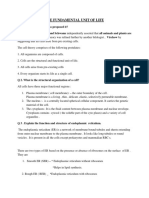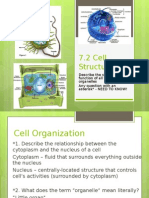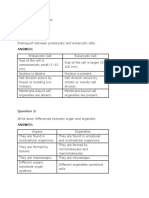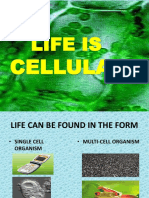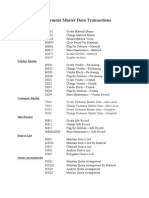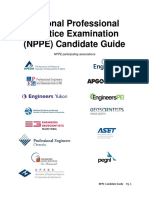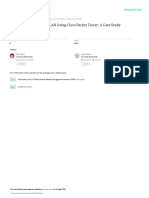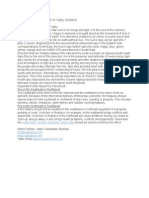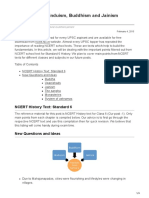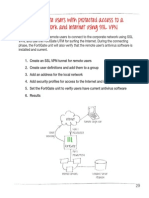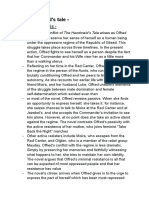0% found this document useful (0 votes)
17 views4 pagesCell Structure QA Fixed
The document provides a Q&A format overview of cell structure and function, covering key concepts such as the definition of protoplasm, the role of ribosomes, and the differences between unicellular and multicellular organisms. It also addresses the functions of various cell organelles, the characteristics of different solutions, and exceptions to cell theory. Additionally, it includes questions on the structure of the nucleus and the functions of plastids.
Uploaded by
arindam0170Copyright
© © All Rights Reserved
We take content rights seriously. If you suspect this is your content, claim it here.
Available Formats
Download as PDF, TXT or read online on Scribd
0% found this document useful (0 votes)
17 views4 pagesCell Structure QA Fixed
The document provides a Q&A format overview of cell structure and function, covering key concepts such as the definition of protoplasm, the role of ribosomes, and the differences between unicellular and multicellular organisms. It also addresses the functions of various cell organelles, the characteristics of different solutions, and exceptions to cell theory. Additionally, it includes questions on the structure of the nucleus and the functions of plastids.
Uploaded by
arindam0170Copyright
© © All Rights Reserved
We take content rights seriously. If you suspect this is your content, claim it here.
Available Formats
Download as PDF, TXT or read online on Scribd
/ 4















